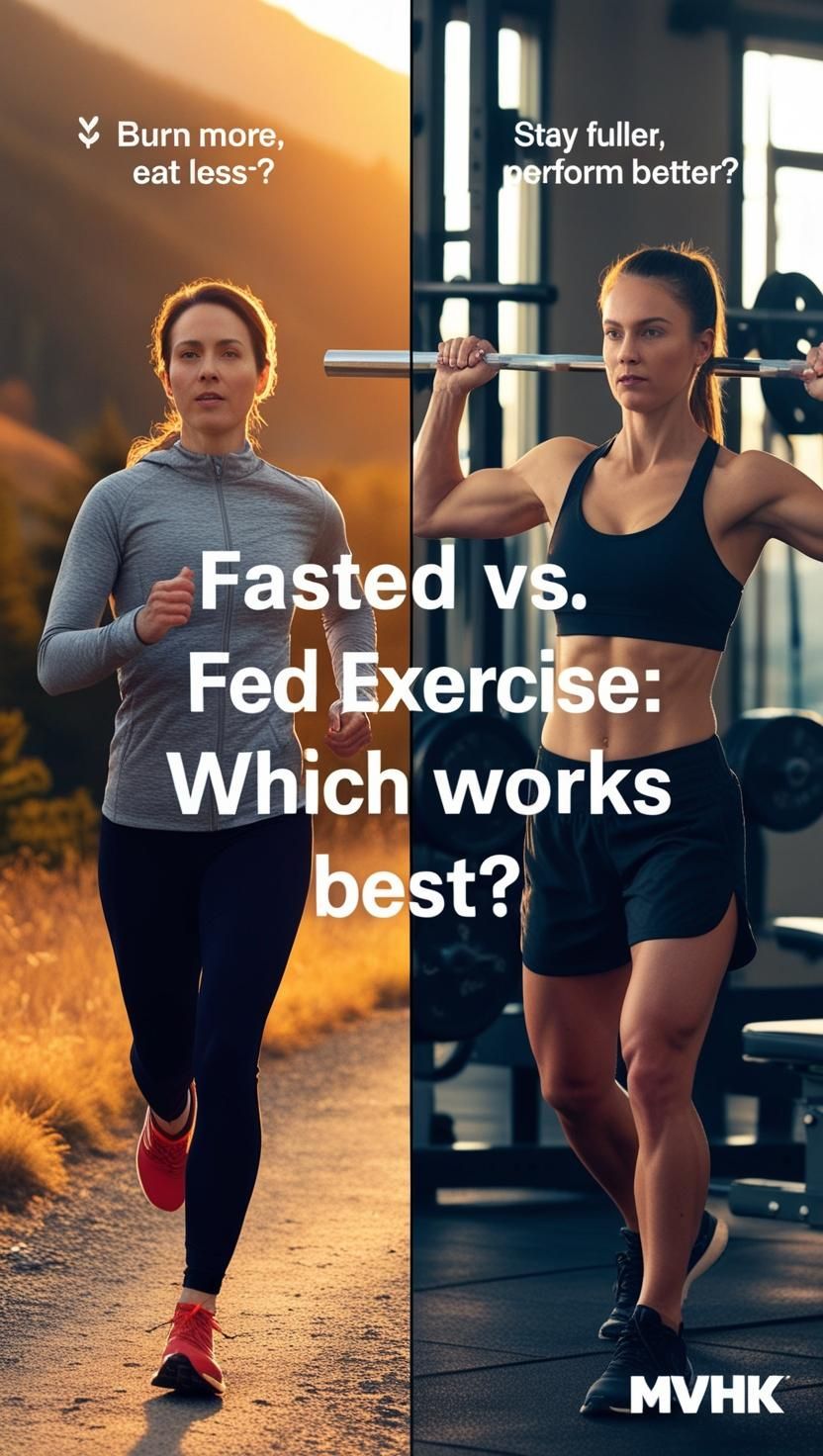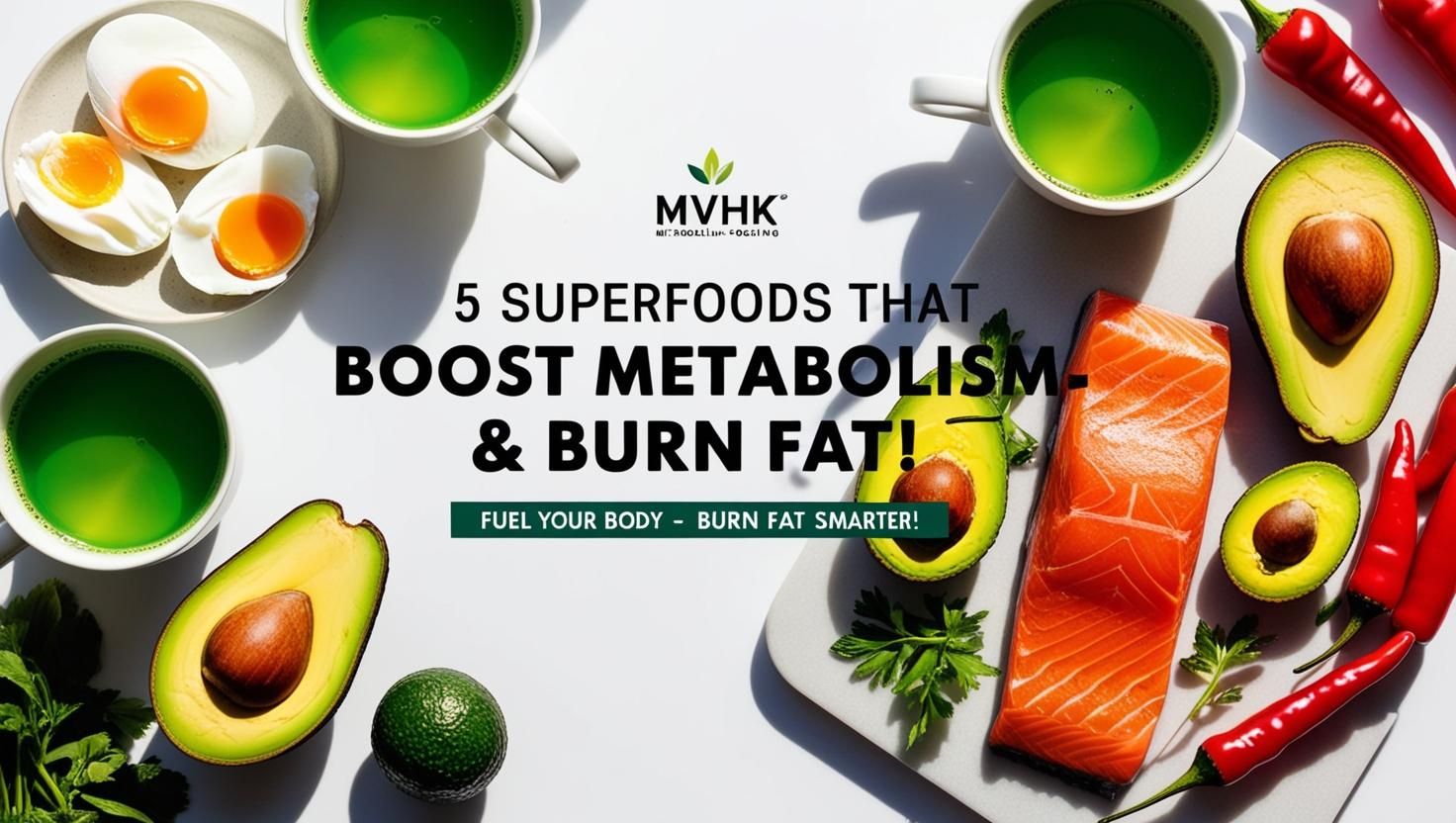Fasted vs. Fed Exercise: Which Burns More & Keeps You Fuller?
1️⃣ Introduction: Should You Work Out on an Empty Stomach?
The debate over fasted vs. fed exercise has gained traction among fitness enthusiasts, athletes, and researchers alike. The primary question remains: Does exercising on an empty stomach burn more fat, or does fueling up before a workout yield better results? Studies suggest that fasted exercise (training before eating) may lead to reduced calorie intake, but it can also increase hunger, making it potentially unsustainable in the long run.
This article explores the science behind fasted and fed workouts, comparing their impact on fat burn, energy intake, and hunger levels.
2️⃣ Fasted Exercise: Does It Burn More Calories?
🔥 How Fasted Workouts Affect Fat Burning
Fasted exercise is often promoted as a way to enhance fat oxidation (fat burning). When you work out in a fasted state, glycogen stores are lower, prompting the body to use stored fat for energy.
According to a systematic review published in the British Journal of Nutrition, exercising in a fasted state increases fat oxidation by 20-30% compared to fed workouts (source). However, this doesn’t necessarily translate to more overall fat loss.
🥪 Impact on Energy Intake & Hunger
While fasted exercise may lead to lower total calorie intake during the day, it can also increase hunger, which might lead to overeating later. Research from the American Journal of Clinical Nutrition found that individuals who exercised in a fasted state experienced higher post-exercise hunger and cravings (source).
✅ Key Benefits of Fasted Exercise:
- Enhances fat oxidation during the workout.
- May lower overall calorie intake if post-exercise hunger is controlled.
- Can be effective for short-term weight loss strategies.
❌ Drawbacks of Fasted Exercise:
- Increases hunger, leading to potential overeating later.
- May result in lower energy levels and reduced workout performance.
- Not ideal for high-intensity training that relies on glycogen.
3️⃣ Fed Exercise: Does Eating Before a Workout Help?
🍽️ How Eating Before Exercise Impacts Performance
Unlike fasted workouts, fed exercise involves consuming a meal before training. This provides glucose and glycogen for energy, which can enhance performance and endurance—especially in high-intensity or strength-based workouts.
A study in the Journal of the International Society of Sports Nutrition found that consuming carbohydrates before exercise improves endurance performance by 10-20% (source).
🍽️ Impact on Energy Intake & Hunger
Interestingly, fed exercise followed by a meal (FedEx+Meal) does not significantly lower total calorie intake but helps regulate hunger. Participants in a recent meta-analysis reported feeling fuller and less likely to overeat after exercising with food in their system (source).
✅ Key Benefits of Fed Exercise:
- Enhances workout performance and endurance.
- Helps control hunger and reduces cravings.
- Better suited for strength training & high-intensity workouts.
❌ Drawbacks of Fed Exercise:
- May not promote as much fat oxidation during the workout.
- Slightly higher total calorie intake compared to fasted exercise.
- Not ideal for individuals focused on short-term fat loss.
4️⃣ Fasted vs. Fed Exercise: Which One Should You Choose?
| Factor | Fasted Exercise | Fed Exercise |
|---|---|---|
| Fat Burning | Higher fat oxidation during workout | Lower fat oxidation but better performance |
| Hunger Control | Increased post-workout hunger | Reduced hunger after exercise |
| Energy Levels | May cause fatigue, lower endurance | Sustains energy and performance |
| Overall Calorie Intake | Potentially lower total intake | Slightly higher intake |
| Best For | Short-term fat loss, morning workouts | Muscle building, high-intensity training |
🏆 Final Verdict:
- If fat oxidation and short-term weight loss are your priority, fasted exercise may be beneficial.
- If performance, endurance, and long-term sustainability are your goals, fed exercise is the better choice.
5️⃣ Conclusion: What’s the Best Approach for You?
Ultimately, whether you choose fasted or fed exercise depends on your fitness goals, hunger response, and energy needs.
If you struggle with post-workout hunger, fed exercise may help regulate appetite and sustain energy levels. However, if you’re focused on short-term fat oxidation and prefer morning workouts, fasted exercise might be worth trying.
🔑 Key Takeaways:
✔️ Fasted exercise enhances fat oxidation but increases hunger. ✔️ Fed exercise supports performance and helps regulate appetite. ✔️ Both methods can be effective depending on individual goals.
Would you try fasted workouts for weight loss? Comment below!
❓ FAQ Section
Does fasted exercise help with weight loss?
Yes, fasted exercise can increase fat oxidation and may lead to lower overall calorie intake, but it also raises hunger levels, which can impact sustainability.
Which is better for muscle gain: fasted or fed exercise?
Fed exercise is generally better for muscle gain as it provides energy and prevents muscle breakdown.
How long should I fast before a workout?
A fasted workout typically requires 8-12 hours of fasting, making it ideal for morning training sessions.
Now it’s your turn—will you try fasted or fed exercise? Share your thoughts in the comments!






